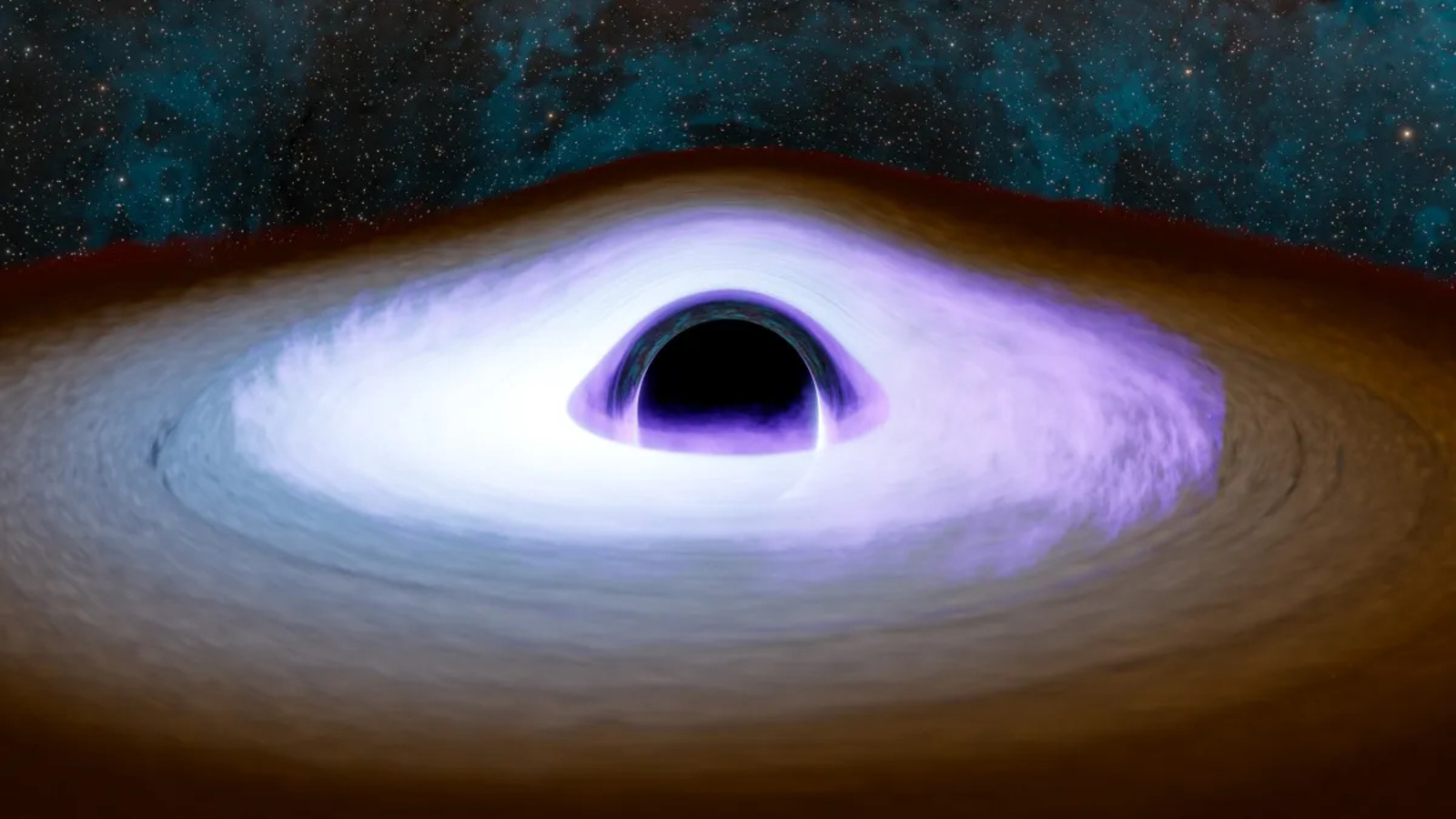NASA’s Imaging X-ray Polarimetry Explorer (IXPE) has made a groundbreaking discovery about the famous ‘heartbeat black hole’. This black hole, known for its rhythmic X-ray pulses, now reveals unexpected X-ray polarization patterns. These new findings challenge existing theories about black hole physics and how matter behaves in their extreme environments.

What Did IXPE Discover?
Scientists previously believed that the X-ray emissions from these ‘heartbeat’ black holes followed predictable polarization patterns. However, IXPE’s detailed observations show that the X-rays are polarized in ways that defy current models. This suggests new, unknown processes may be at work near black holes. The discovery opens the door to fresh questions and could lead to a deeper understanding of the extreme physics surrounding these cosmic giants.
Why Is This Important?
These results could reshape our knowledge about how black holes interact with their surroundings. The unexpected polarization might indicate new forms of matter or energy dynamics near black holes. As researchers continue to analyze the IXPE data, we can expect more surprises from the universe’s most mysterious objects.
Sources:
Original Article on Space.com